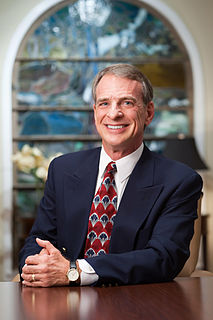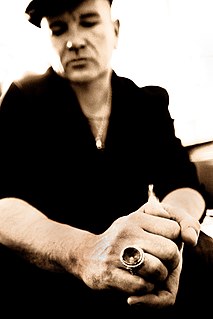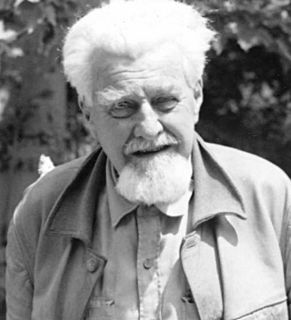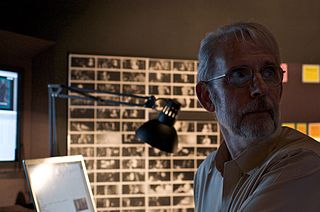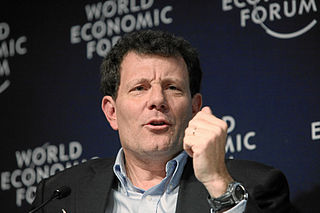A Quote by Barry Marshall
Peptic ulcers became more common in the 20th century at the same time that these theories of Freud and other psychoanalysts became popular. And somehow those meshed, and this tradition emerged that ulcers were caused by stress or turmoil in one's life.
Related Quotes
The rushed existence into which industrialized, commercialized man has precipitated himself is actually a good example of an inexpedient development caused entirely by competition between members of the same species. Human beings of today are attacked by so-called manager diseases, high blood pressure, renal atrophy, gastric ulcers, and torturing neuroses: they succumb to barbarism because they have no more time for cultural interests.
I suddenly became strangely inebriated. The external world became changed as in a dream. Objects appeared to gain in relief; they assumed unusual dimensions; and colors became more glowing. Even self-perception and the sense of time were changed. When the eyes were closed, colored pictures flashed past in a quickly changing kaleidoscope. After a few hours, the not unpleasant inebriation, which had been experienced whilst I was fully conscious, disappeared. What had caused this condition?
The two most far-reaching critical theories at the beginning of the latest phase of industrial society were those of Marx and Freud. Marx showed the moving powers and the conflicts in the social-historical process. Freud aimed at the critical uncovering of the inner conflicts. Both worked for the liberation of man, even though Marx's concept was more comprehensive and less time-bound than Freud's.
More girls were killed in the last 50 years, precisely because they were girls, than men killed in all the wars in the 20th century. More girls are killed in this routine gendercide in any one decade than people were slaughtered in all the genocides of the 20th century. The equivalent of 5 jumbo jets worth of women die in labor each day... life time risk of maternal death is 1,000x higher in a poor country than in the west. That should be an international scandal.
I was really interested in 20th century communalism and alternative communities, the boom of communes in the 60s and 70s. That led me back to the 19th century. I was shocked to find what I would describe as far more utopian ideas in the 19th century than in the 20th century. Not only were the ideas so extreme, but surprising people were adopting them.


